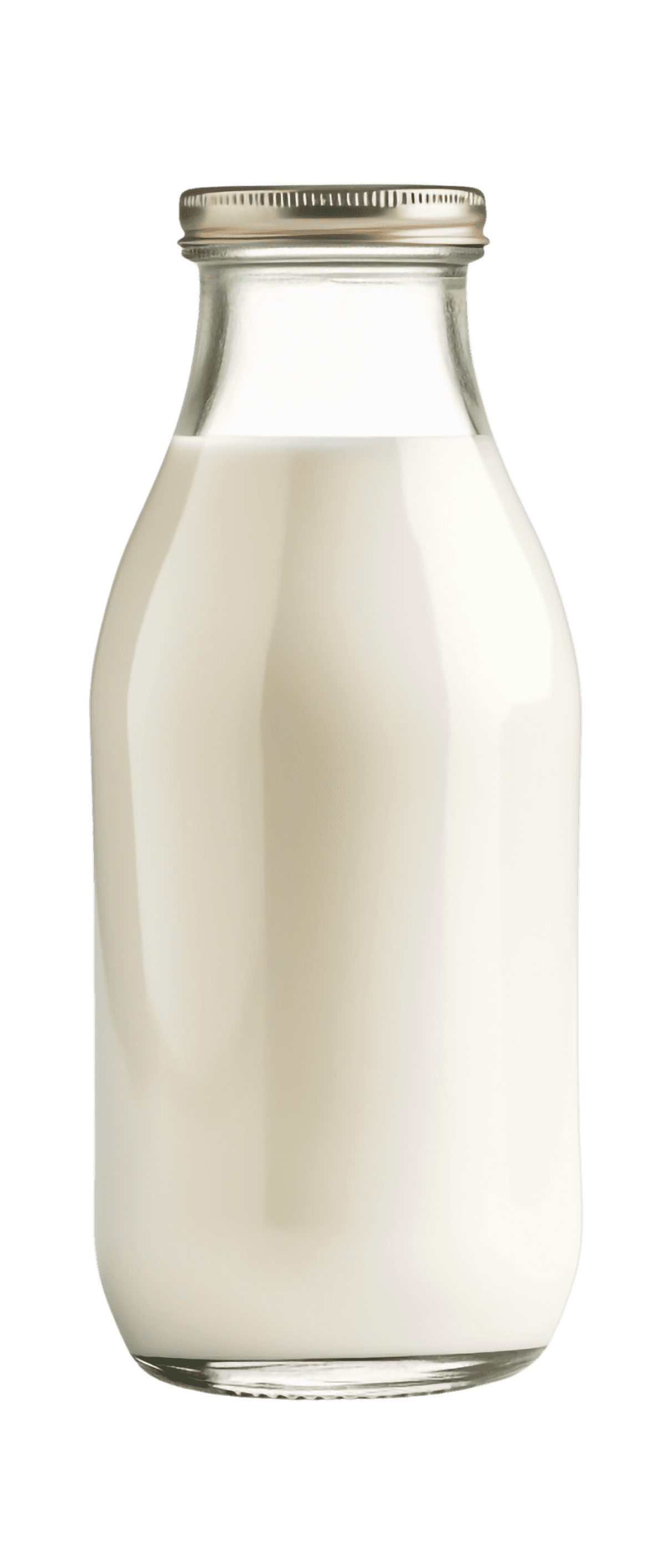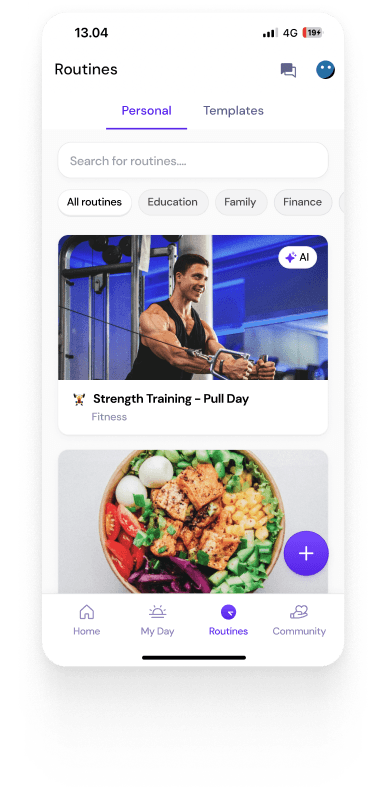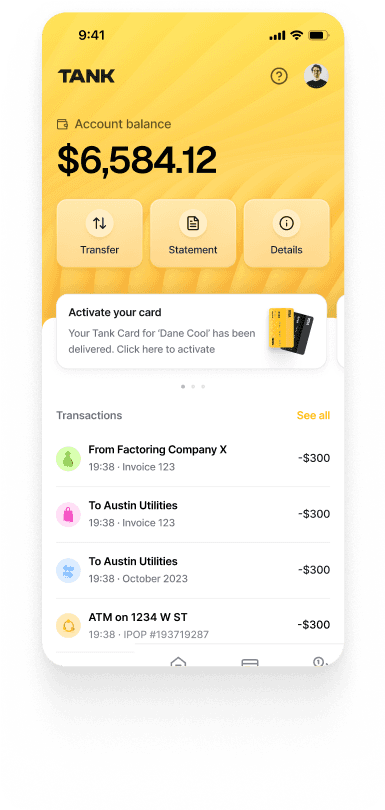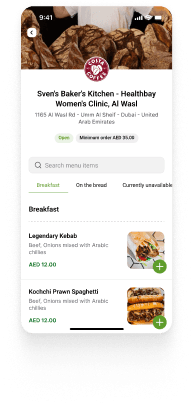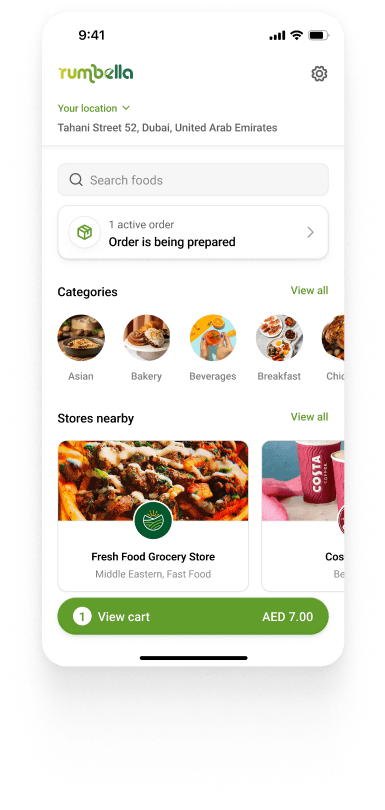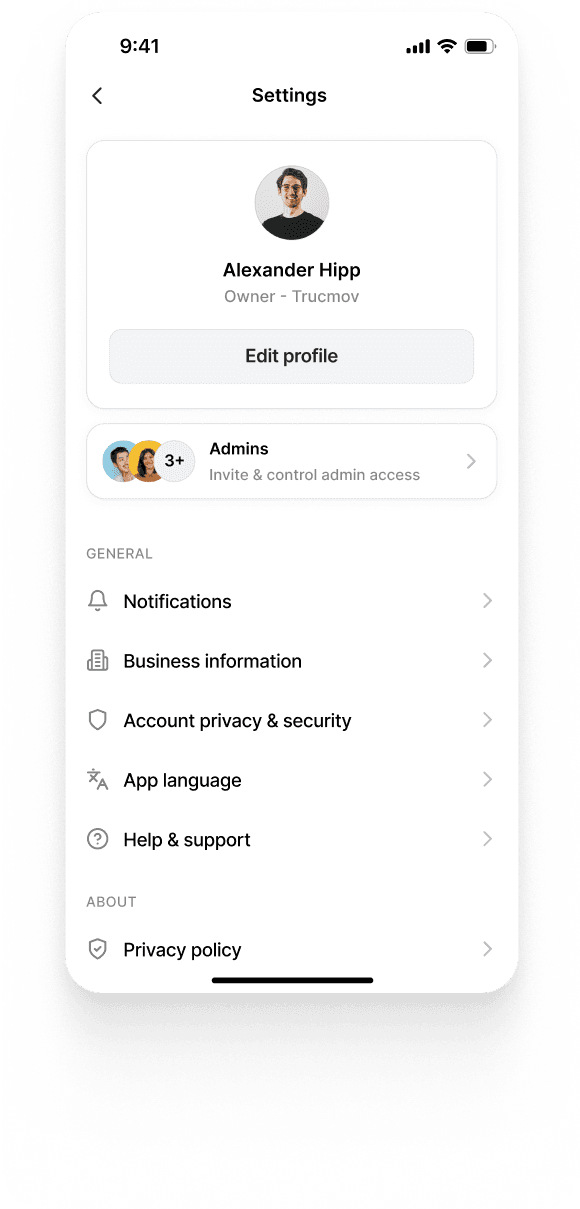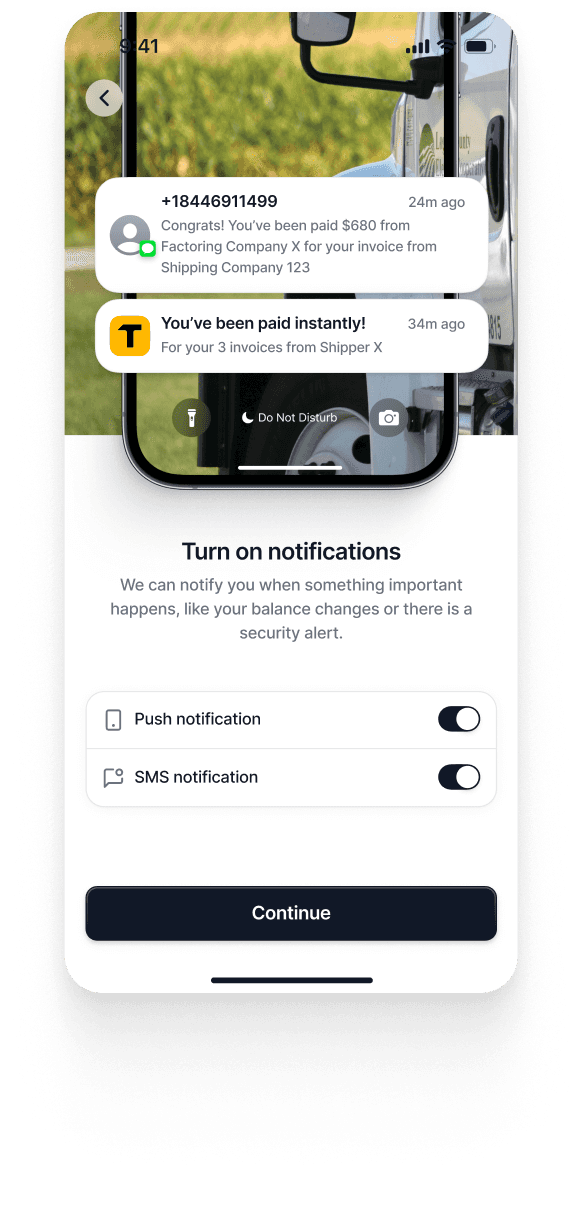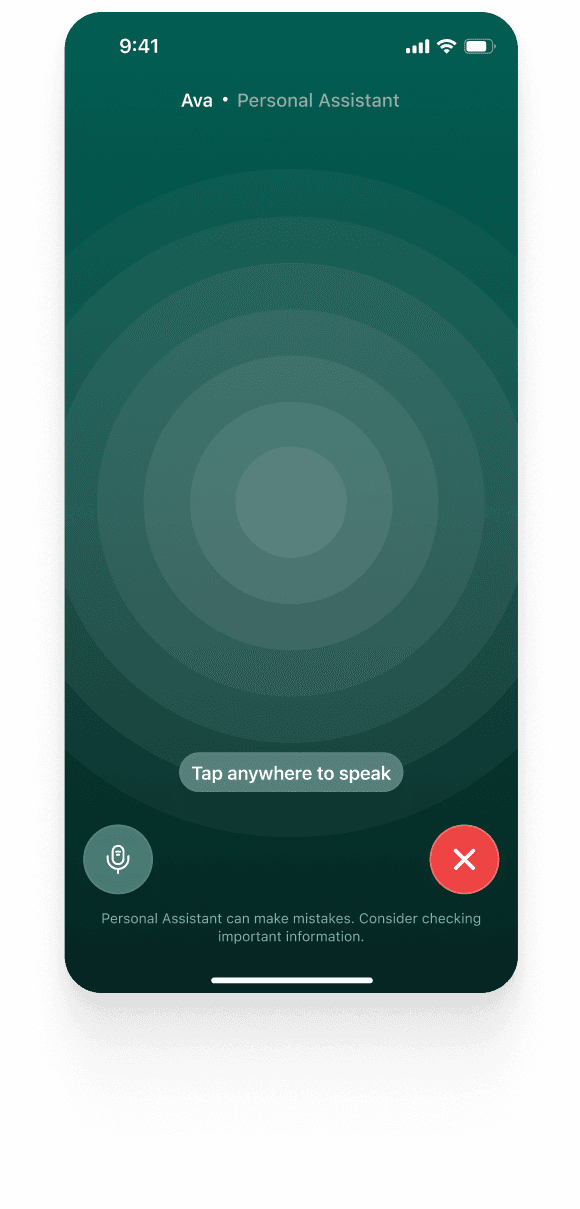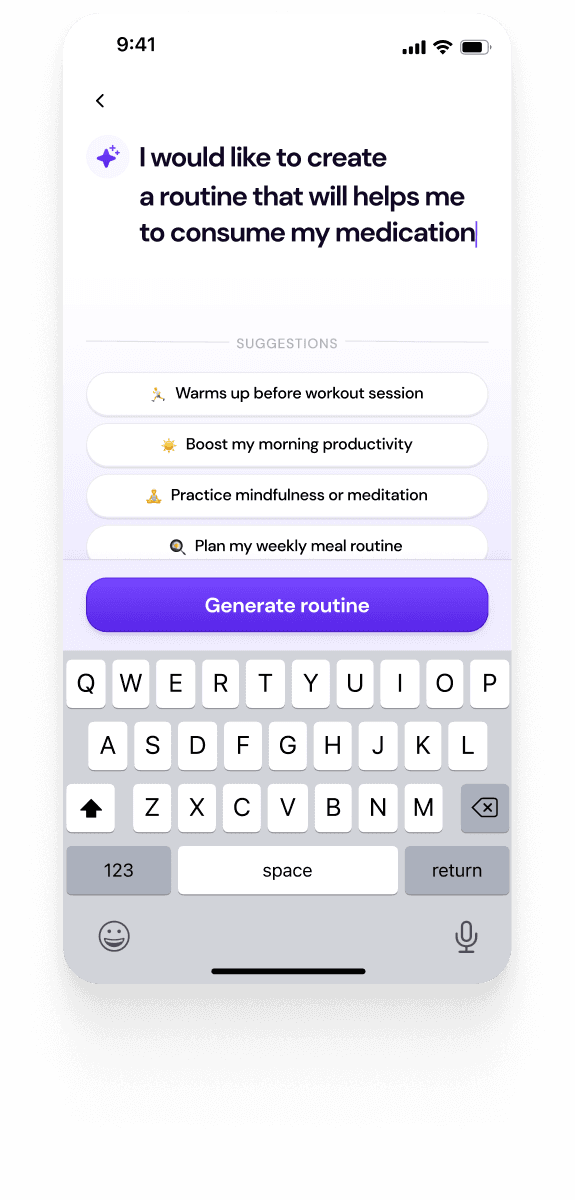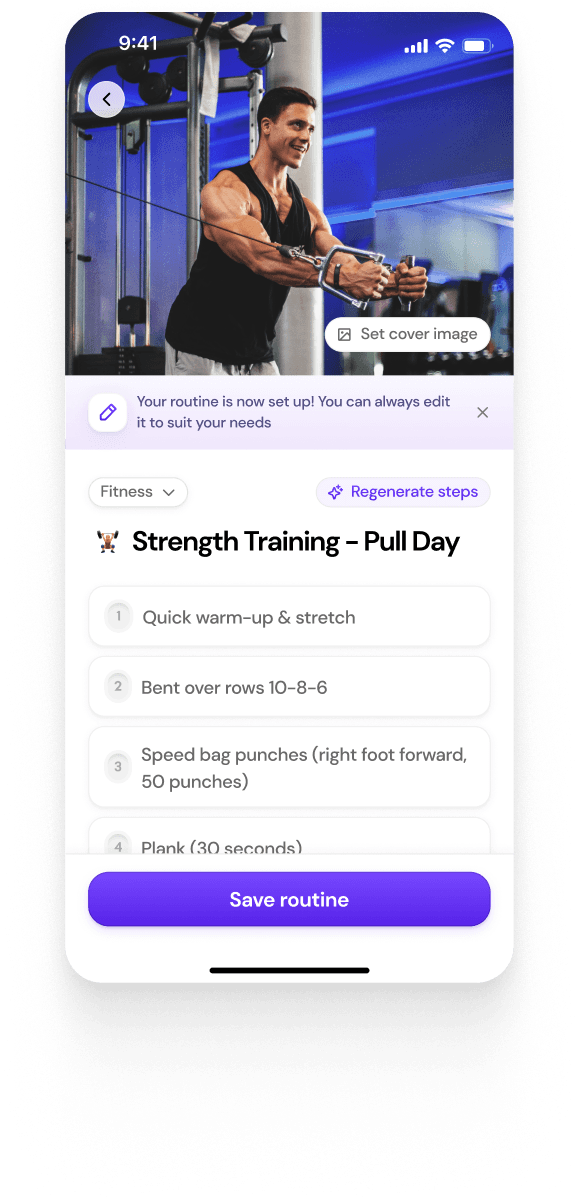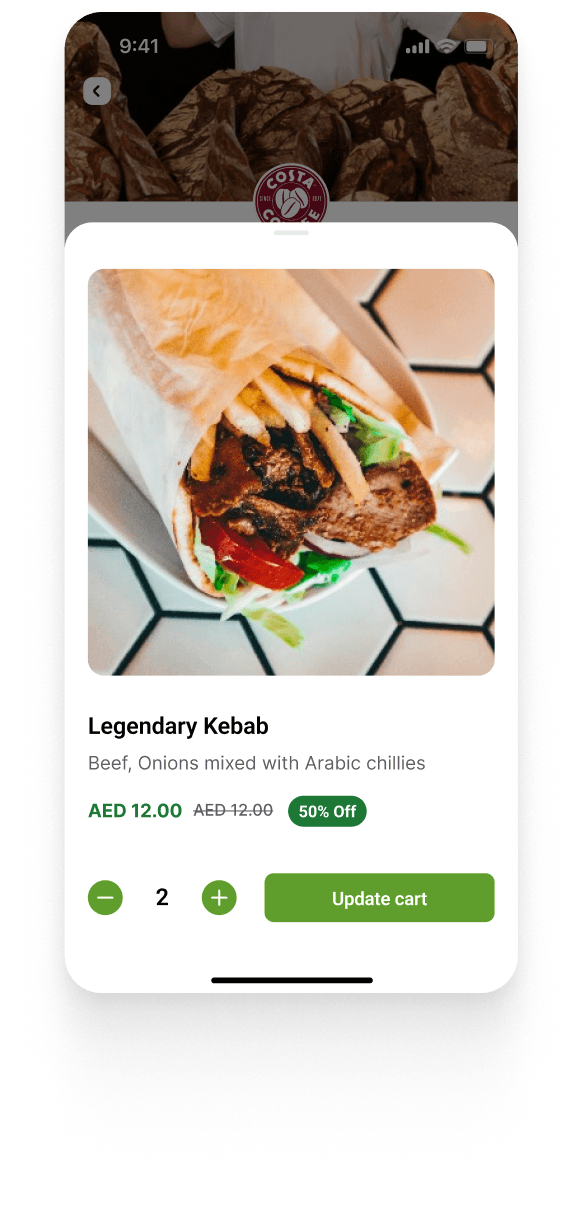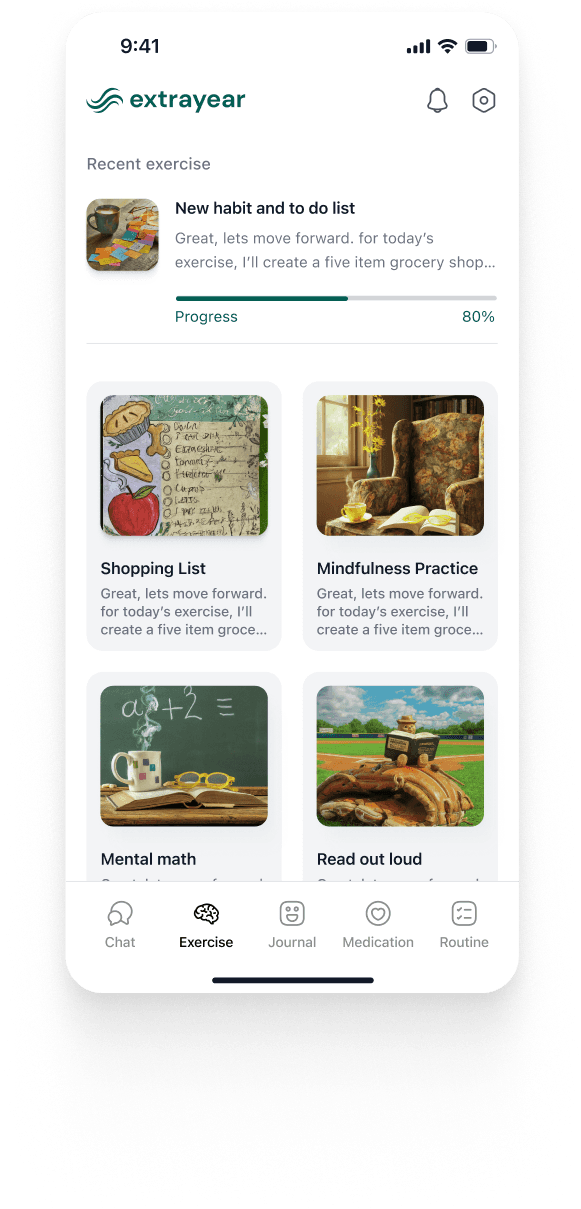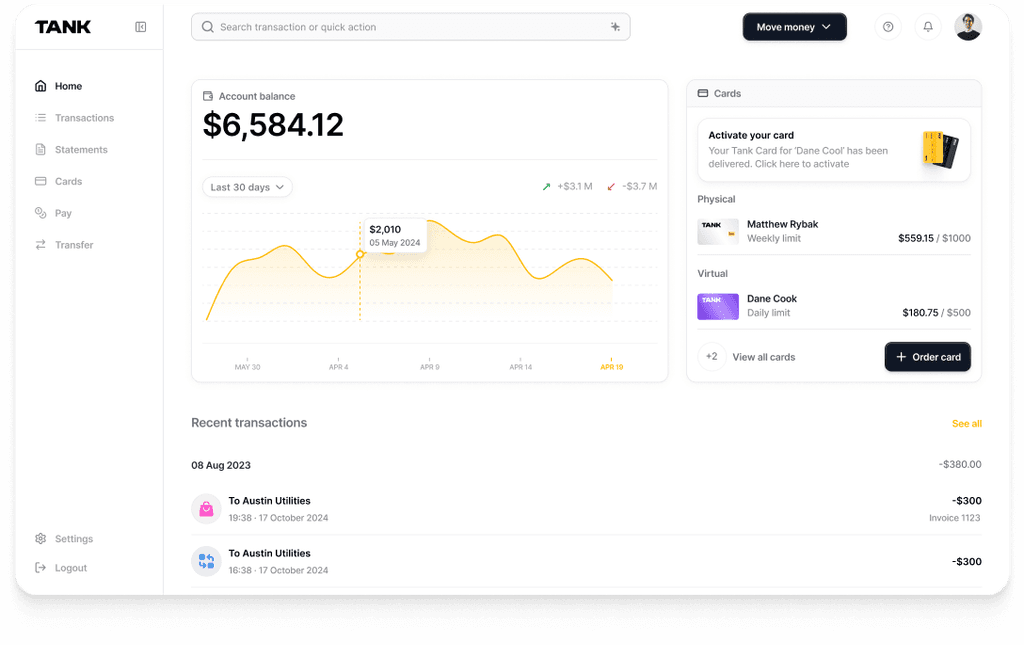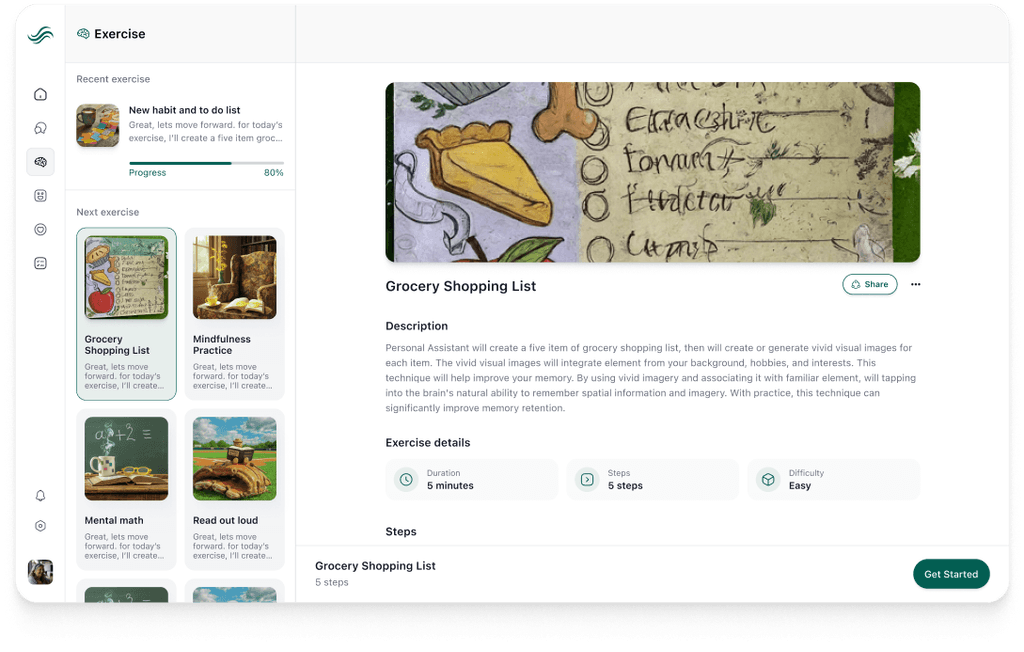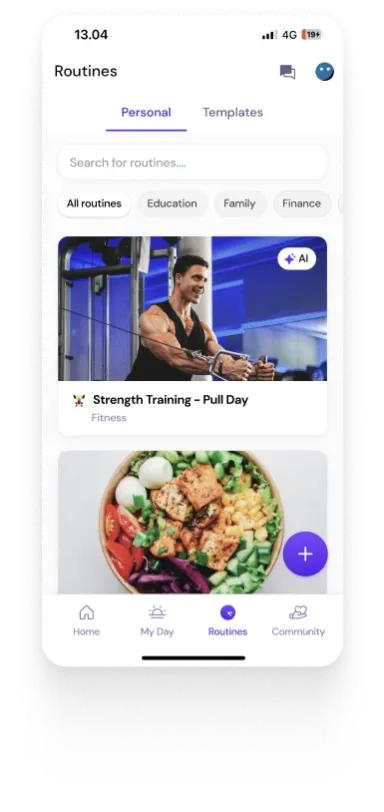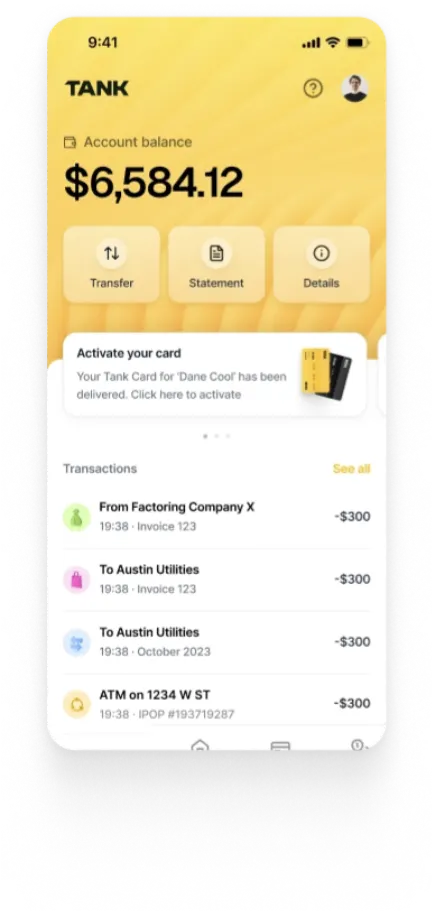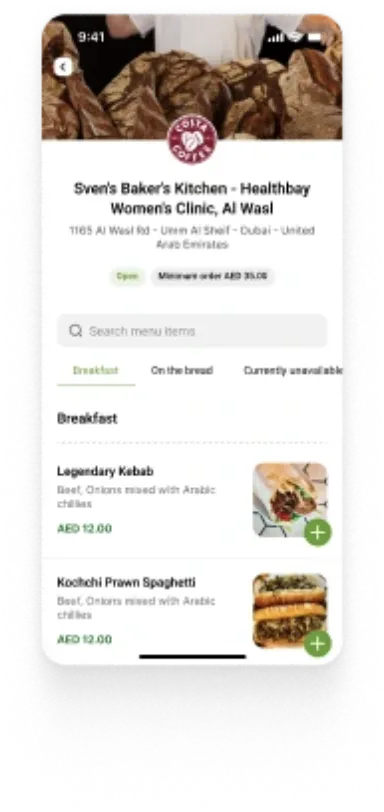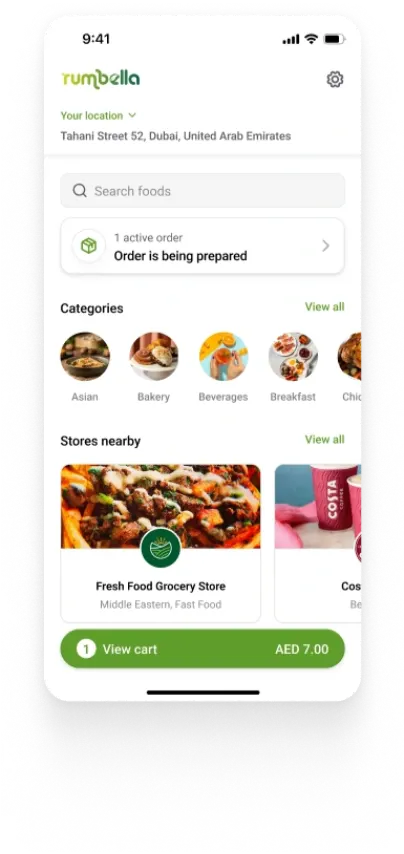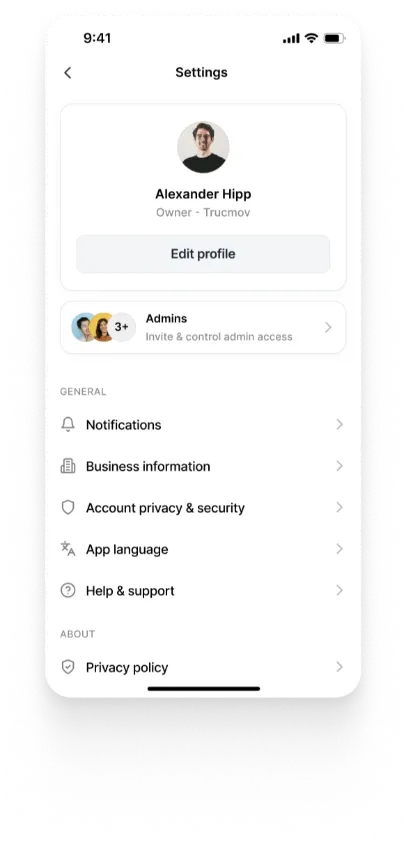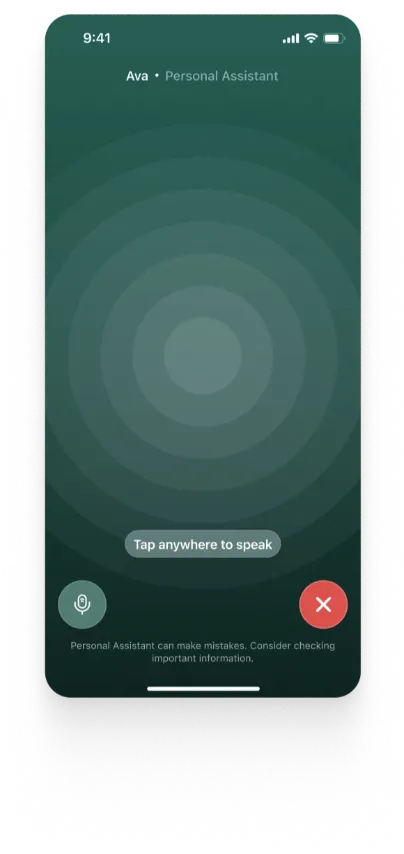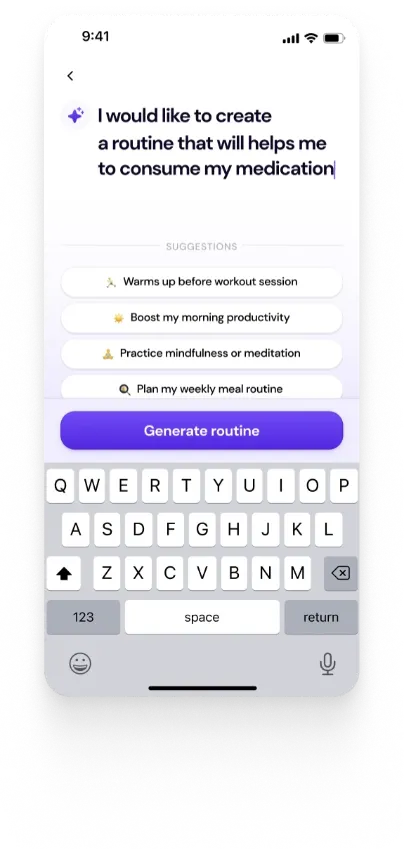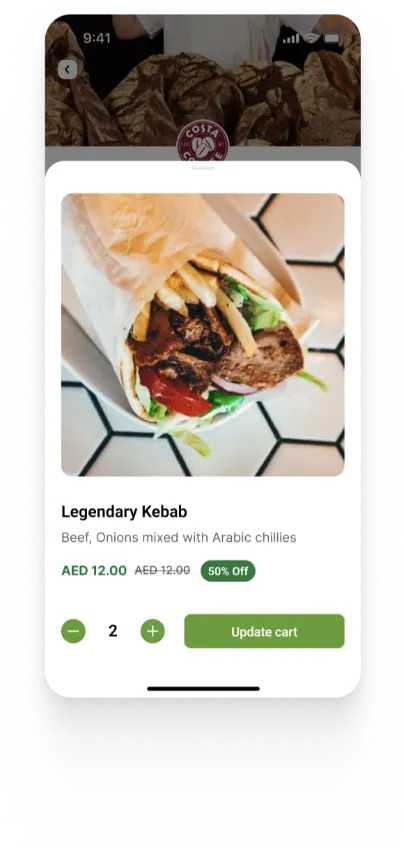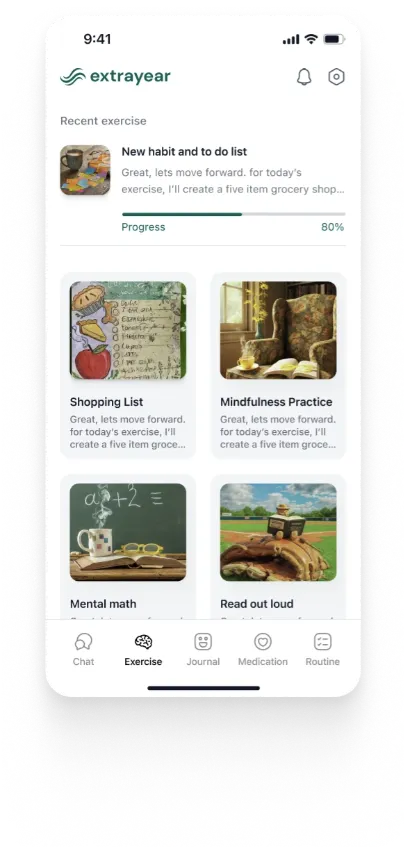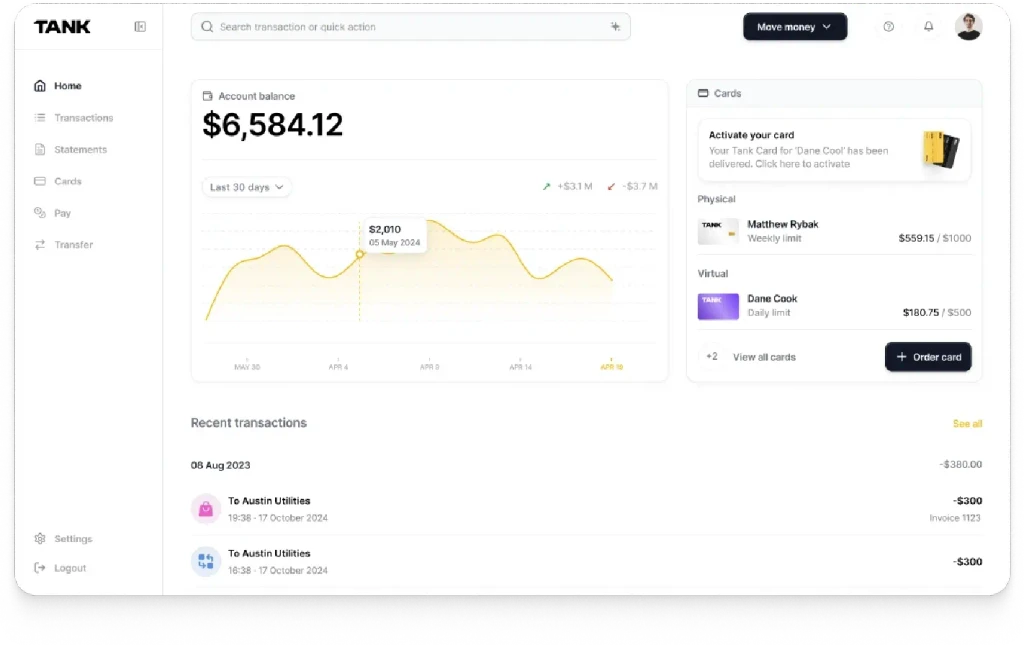7 ReactJS Project Ideas for Beginners
Summary
ReactJS is a widely-used JavaScript library for building user interfaces, favored by over 40% of developers according to a 2022 Stack Overflow Survey. It’s beginner-friendly and supported by a robust developer community. For those starting with ReactJS, this article covers seven project ideas. Each project idea helps to familiarize developers with core ReactJS concepts and functionalities.
Key insights:
To-Do List App: Develop a basic app with features to add, delete, and mark tasks as complete, utilizing state management and event handling in ReactJS.
Weather App: Use APIs like OpenWeatherMap to fetch and display weather data, providing hands-on experience with API integration and dynamic content rendering.
Recipe App: Create a recipe search and display app using APIs such as Spoonacular, learning about data fetching, rendering lists, and creating search functionality.
Social Media App: Build a platform for posts, likes, and comments, gaining advanced knowledge in state management, user authentication, and interaction handling.
Blog App: Implement a blog with routes for different pages, post creation, and content display, mastering routing, dynamic content management, and form handling.
E-commerce App: Develop a shopping platform with product listings, a shopping cart, and checkout functionality, focusing on form management, state handling, and routing.
Game App: Create interactive games like tic-tac-toe, learning about user interaction, event handling, and managing game state.
ReactJS is a popular JavaScript library for building user interfaces. It's a great tool for beginners to learn, as it is easy to understand and has a strong community of developers.
According to a 2022 Stack Overflow Survey, more than 40% developers picked it as their preferred library choice for front-end development, and it is projected to grow over the years. If you're just getting started with ReactJS and looking for some project ideas to work on, here are 7 ideas to consider:
To Do list app
A todo list app is a classic project idea that can help you get familiar with the basic concepts of ReactJS. You can start by building a simple todo list that allows users to add, delete, and mark tasks as complete.
To build a todo list app using ReactJS, you can follow these steps:
Set up a development environment: You'll need to install Node.js and a code editor like Visual Studio Code to get started. You can then use the Create React App tool to create a new ReactJS project.
Create a list component: Create a new component called "List" that will display the todo list items. You can use an array of objects to store the list items and use the map() function to render each item in the list.
Add form to add new items: Create a form that allows users to add new todo list items. You can use the onChange event to track changes to the form input and the onSubmit event to handle the form submission.
Add a delete button: Add a delete button to each list item that allows users to delete items from the list. You can use the onClick event to handle the delete button click and update the list accordingly.
Add a checkbox: Add a checkbox to each list item that allows users to mark items as complete. You can use the onChange event to handle the checkbox change and update the list accordingly.
Style the app: Use CSS or a CSS framework like Bootstrap to style the app and make it look visually appealing.
By following these steps, you should be able to build a simple todo list app using ReactJS. You can then expand on this app by adding more features or customizing it to fit your specific needs.
Weather App
A weather app is another simple project idea that can help you learn more about working with APIs in ReactJS. You can use a weather API like OpenWeatherMap to fetch current weather data for a specific location and display it to the user.
To build a weather app using ReactJS, you can follow these steps:
Sign up for a weather API: Sign up for a weather API like OpenWeatherMap and obtain an API key. You'll need this key to make API requests and fetch weather data.
Fetch weather data: Use the fetch() function to make an API request to the weather API and retrieve weather data for a specific location. You can use the API documentation to learn how to make requests and what data is available.
Display weather data: Use ReactJS components to display the weather data to the user. You can display the current temperature, forecast, and other relevant information.
Add form to search for weather data: Add a form that allows users to search for weather data for a specific location. You can use the onChange event to track changes to the form input and the onSubmit event to handle the form submission.
Style the app: Use CSS or a CSS framework like Bootstrap to style the app and make it look visually appealing.
Recipe App
A recipe app is a good project for learning how to work with lists and data in ReactJS. You can use a recipe API like Spoonacular to fetch recipe data and display it to the user in a visually appealing way.
To build a recipe app using ReactJS, you can follow these steps:
Sign up for a recipe API: Sign up for a recipe API like Spoonacular and obtain an API key. You'll need this key to make API requests and fetch recipe data.
Fetch recipe data: Use the fetch() function to make an API request to the recipe API and retrieve recipe data for specific ingredients or search terms. You can use the API documentation to learn how to make requests and what data is available.
Display recipe data: Use ReactJS components to display the recipe data to the user. You can display the recipe name, ingredients, and instructions, as well as any relevant images or videos.
Add form to search for recipes: Add a form that allows users to search for recipes by specific ingredients or search terms. You can use the onChange event to track changes to the form input and the onSubmit event to handle the form submission.
Social media app
A social media app is a more advanced project idea that can help you learn more about working with state, props, and other advanced concepts in ReactJS. You can start by building a simple social media platform that allows users to create posts, like, and comment on each other's posts.
Set up a development environment: You'll need to install Node.js and a code editor like Visual Studio Code to get started. You can then use the Create React App tool to create a new ReactJS project.
Set up a back-end: You'll need to set up a back-end to store and manage data for your social media app. You can use a database like MongoDB and a back-end framework like Express to handle this.
Set up user authentication: You'll need to set up user authentication to allow users to create accounts and log in to your social media app. You can use tools like PassportJS to handle this.
Create a feed component: Create a feed component that displays a list of posts from all users. You can use an API to retrieve the data and render it using ReactJS components.
Add form to create new posts: Add a form that allows users to create new posts and submit them to the feed. You can use the onChange event to track changes to the form input and the onSubmit event to handle the form submission.
Add like and comment functionality: Add like and comment functionality to each post, allowing users to interact with each other's content. You can use the onClick event to handle these actions and update the data accordingly.
Blog App
A blog app is a great project for learning how to work with routes and dynamic content in ReactJS. You can start by building a simple blog platform that allows users to create, edit, and delete blog posts.
Set up a back-end: You'll need to set up a back-end to store and manage data for your blog app. You can use a database like MongoDB and a back-end framework like Express to handle this.
Set up routes: Set up routes using the React Router library to handle different pages and views in your blog app. For example, you might have routes for the homepage, individual blog posts, and the "create a new post" page.
Create a homepage component: Create a homepage component that displays a list of blog posts. You can use an API to retrieve the data and render it using ReactJS components.
Create a post component: Create a post component that displays an individual blog post. You can use React props to pass data from the homepage component to the post component.
Add form to create new posts: Add a form that allows users to create new posts and submit them to the blog. You can use the onChange event to track changes to the form input and the onSubmit event to handle the form submission.
E-commerce App
An e-commerce app is a more advanced project idea that can help you learn more about working with forms, state, and data in ReactJS. You can start by building a simple e-commerce platform that allows users to browse and purchase products.
Set up a back-end: You'll need to set up a back-end to store and manage data for your e-commerce app. You can use a database like MongoDB and a back-end framework like Express to handle this.
Set up routes: Set up routes using the React Router library to handle different pages and views in your e-commerce app. For example, you might have routes for the homepage, individual product pages, and the "shopping cart" page.
Create a homepage component: Create a homepage component that displays a list of products. You can use an API to retrieve the data and render it using ReactJS components.
Create a product component: Create a product component that displays an individual product. You can use React props to pass data from the homepage component to the product component.
Add a shopping cart: Add a shopping cart feature that allows users to add products to their cart
Game App
A game app is a fun project idea that can help you learn more about working with animations and user interaction in ReactJS. You can start by building a simple game like tic-tac-toe or minesweeper.
Determine the game mechanics: Decide on the game mechanics for your game app. For example, if you're building a tic-tac-toe game, you'll need to determine how the game is played, what actions the players can take, and how the game will be won or lost.
Create a game board: Create a game board using ReactJS components. You can use a 2D array to represent the game board and use the map() function to render the board and individual game pieces.
Add game logic: Add game logic to handle player actions and determine the outcome of the game. For example, in a tic-tac-toe game, you'll need to determine when a player has won or when the game is a draw.
Add user interaction: Add user interaction to the game using events like onClick. For example, in a tic-tac-toe game, you'll need to allow players to click on the game board to make a move.
These are just a few ideas to get you started, but the possibilities with ReactJS are endless. With some creativity and determination, you can build almost any type of app or project you can imagine. Happy coding!












